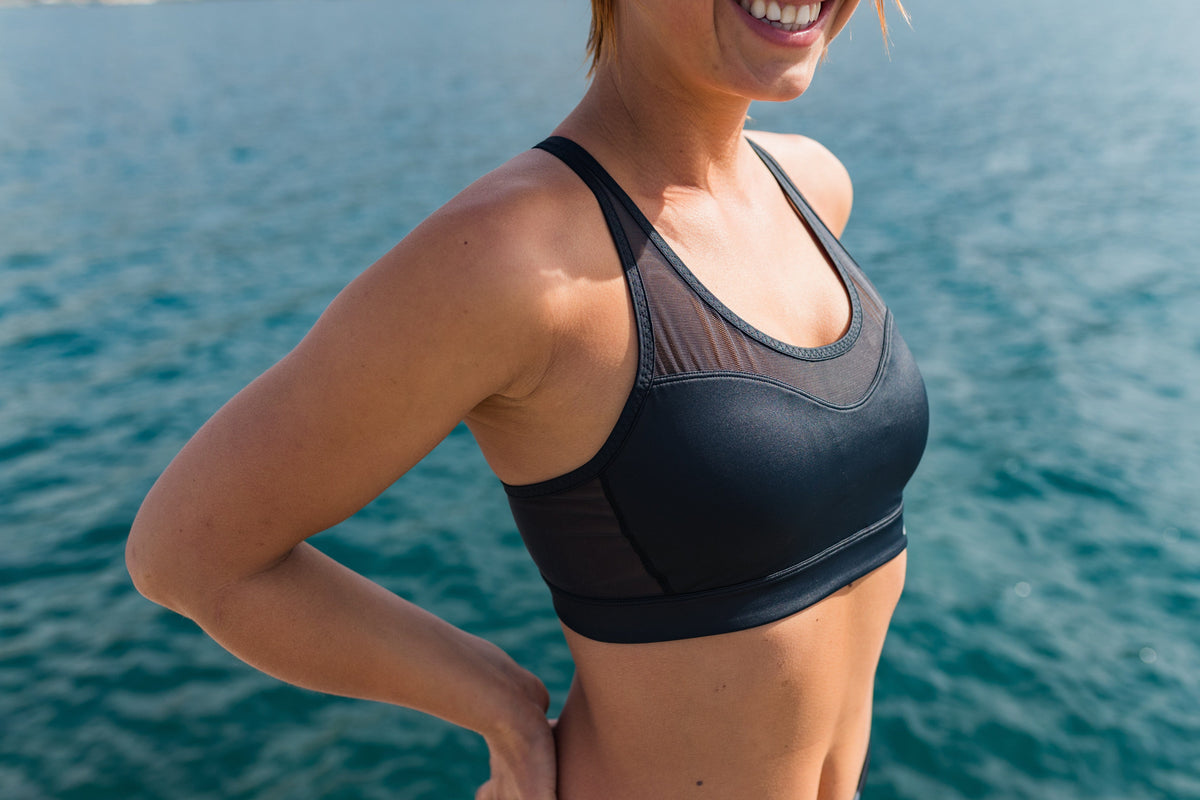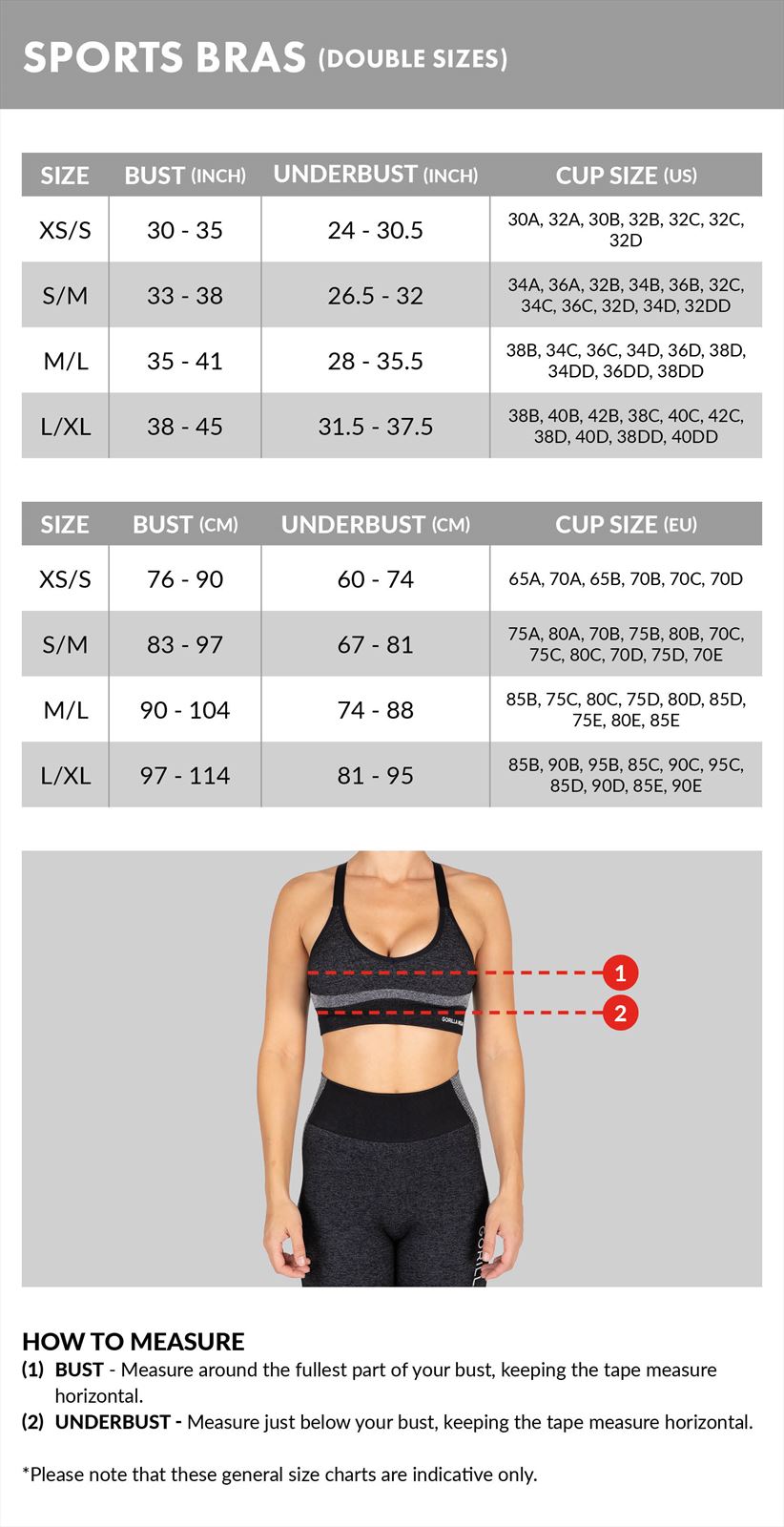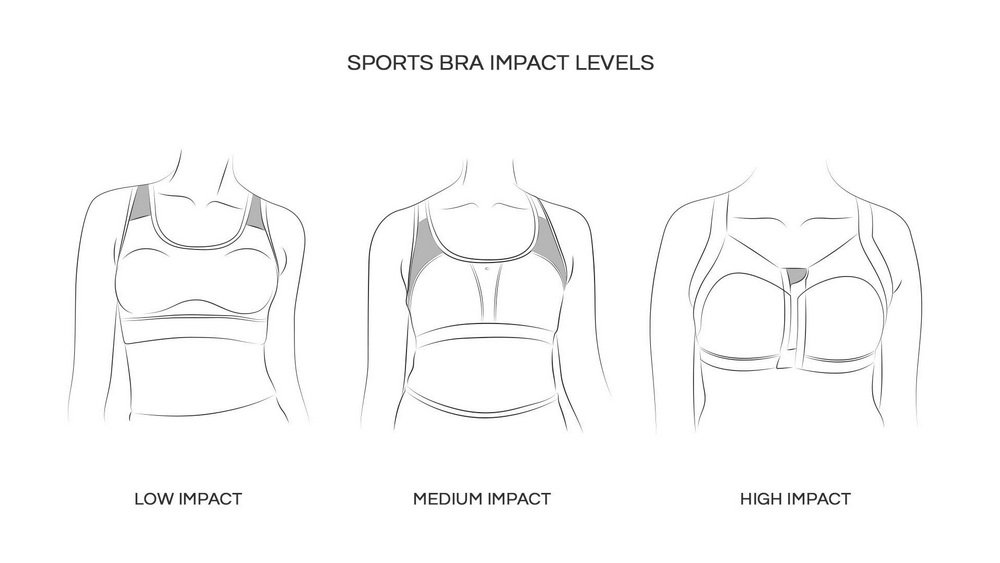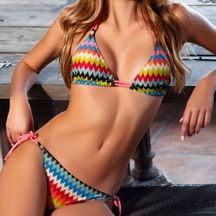Content Menu
● Understanding the Purpose of a Sports Bra
>> What is a Sports Bra?
>> Why Sports Bras Are Necessary
● Does Sports Bra Have to Be Tight? Understanding the Fit
● Key Factors That Decide Sports Bra Tightness
>> 1. Activity Intensity
>> 2. Breast Size and Shape
>> 3. Fabric Stretch and Breathability
>> 4. Band and Strap Design
● Common Misconceptions About Tightness
● How to Check If Your Sports Bra Is Too Tight
● How to Measure for the Right Size
● How to Choose the Right Sports Bra
>> Measuring for the Right Fit
>> Trying on Sports Bras
● Types of Sports Bras and Their Tightness Needs
>> Compression Sports Bras
>> Encapsulation Sports Bras
>> Combination Bras
● When Is a Sports Bra Too Tight?
● Does Sports Bra Have to Be Tight for Every Sport?
● Long-Term Impact of Wearing Tight Sports Bras
● Expert Recommendations
● Conclusion
● FAQs About Does Sports Bra Have to Be Tight
Sports bras are an essential piece of activewear for women across the globe. Whether you are a professional athlete, a recreational runner, or a yoga enthusiast, you've probably asked yourself a common question: *Does sports bra have to be tight?* This question is not only about comfort but also about performance, injury prevention, and confidence. Choosing the right fit for a sports bra impacts breast support, reduces pain during sports activities, and ensures long-term comfort.
In this article, we'll explore the role of sports bra tightness, misconceptions about fitting, factors to consider when selecting a bra, and provide comprehensive answers to "Does sports bra have to be tight?" with examples, guides, and multimedia support.

Understanding the Purpose of a Sports Bra
What is a Sports Bra?
A sports bra is designed to provide support to the breasts during physical activities. Unlike regular bras, sports bras are engineered to minimize movement and reduce discomfort. They come in various styles, including compression and encapsulation types, each offering different levels of support.
Why Sports Bras Are Necessary
When engaging in physical activity, breast movement can cause discomfort, pain, or even long-term damage to the ligaments supporting breast tissue. A well-fitted sports bra provides:
- Reduced breast movement
- Decreased back and shoulder strain
- Improved comfort and performance
- Increased confidence during workouts
Thus, the question "Does sports bra have to be tight?" becomes critical, because a sports bra that is too loose or too tight may fail to provide these benefits.
Does Sports Bra Have to Be Tight? Understanding the Fit
The direct answer is: a sports bra should feel snug, but not uncomfortably tight. Tightness ensures that the breasts are properly supported, but if a sports bra is *too tight*, it may cause:
- Restricted breathing
- Skin irritation and chafing
- Compressed breast tissue
- Reduced blood circulation
On the other hand, if it's *too loose*, the bra won't provide necessary support, rendering it ineffective. Ultimately, the answer to "Does sports bra have to be tight?" depends on balancing firm support and comfortable fit.
Key Factors That Decide Sports Bra Tightness
1. Activity Intensity
High-impact activities such as running, HIIT training, or aerobics require tighter support compared to low-impact exercises like yoga or walking.
2. Breast Size and Shape
- Larger breasts usually require firmer compression or encapsulation.
- Smaller breasts may find a lighter snug bra sufficient.
3. Fabric Stretch and Breathability
Elastic fabrics may feel tighter at first but loosen with wear. Breathable and moisture-wicking fabrics help maintain comfort even when snug.
4. Band and Strap Design
The band should lie flat and secure without digging into the skin. Wide, adjustable straps distribute weight more comfortably and allow better adjustment of tension.
Common Misconceptions About Tightness
- Myth: "The tighter, the better."
Reality: Excessive tightness may cause long-term tissue damage or skin issues.
- Myth: "Sports bras should feel loose for comfort."
Reality: Loose bras cause bounce, leading to pain and potential ligament damage.
Therefore, the correct interpretation of "Does sports bra have to be tight?" is — *snug and supportive, but not restrictive.*
How to Check If Your Sports Bra Is Too Tight
Here are some easy tests you can try:
- If you cannot insert two fingers under the band comfortably, it's too tight.
- If breathing feels restricted during exercise, loosen the fit.
- If you find skin marks or redness after wearing, that's a sign of excessive compression.
- If straps dig into shoulders severely, the fit needs adjustment.
How to Measure for the Right Size
To ensure the right tightness, proper measurement is key:
1. Band Size: Measure around the ribcage, just under the bust. The band should feel snug.
2. Bust Size: Measure across the fullest part of the chest.
3. Cup Size: Subtract band from bust measurement.
4. Fit Trial: Always test jumping or jogging in place — does the sports bra have to be tight enough to prevent movement yet keep you comfortable? Yes!

How to Choose the Right Sports Bra
Measuring for the Right Fit
1. Band Size: Measure around your rib cage, just under your breasts. The tape should be snug but not tight.
2. Cup Size: Measure around the fullest part of your bust. The difference between these two measurements will help determine your cup size.
Trying on Sports Bras
When trying on sports bras, consider the following:
- Movement Test: Jump or jog in place to see how the bra holds up. It should keep everything in place without causing discomfort.
- Adjustable Features: Look for bras with adjustable straps and bands for a more personalized fit.
Types of Sports Bras and Their Tightness Needs
Compression Sports Bras
- Fit tighter by design and are best for smaller bust sizes.
- Tightness level is higher, but should still allow breathing.
Encapsulation Sports Bras
- Support each breast separately.
- Offer a snug, yet more comfortable tightness suitable for larger busts.
Combination Bras
- Blend compression and encapsulation.
- Ideal for high-impact sports.

When Is a Sports Bra Too Tight?
If you feel:
- Shoulder pain from straps
- Difficulty taking deep breaths
- Ribcage or sternum discomfort
- Skin indentations after workouts
Then the bra is too tight, and you need to size up or switch to a different style.
Does Sports Bra Have to Be Tight for Every Sport?
Not all sports require the same level of tightness.
- Yoga, Pilates, Stretching: Medium or light tightness works.
- Cycling, Walking, Gym Machines: Medium compression.
- Running, Aerobics, Jump Training: Firm, tighter fit to minimize movement.
Long-Term Impact of Wearing Tight Sports Bras
Wearing overly tight bras over long periods may cause:
- Breathing restrictions
- Back or shoulder pain
- Poor posture
- Circulation issues
Therefore, while the answer to "Does sports bra have to be tight?" is *yes to snugness*, it should *never cross into painful restriction*.
Expert Recommendations
Sports physiologists and fitness trainers consistently advise choosing a snug yet flexible sports bra. Their consensus when answering "Does sports bra have to be tight?" is:
- Yes — snug enough to control motion
- But no — not so tight that comfort is sacrificed
Conclusion
In summary, a sports bra does not have to be excessively tight; it should fit snugly without causing discomfort. The right fit is essential for support, comfort, and performance. Always consider your body type, activity level, and personal preferences when choosing a sports bra.
FAQs About Does Sports Bra Have to Be Tight
1. Does sports bra have to be tight for running?
Yes, for running you need a snug, secure fit to minimize breast bounce, but it should not restrict your breathing.
2. How do I know if my sports bra is too loose?
If your breasts move excessively, the straps slip, or the band lifts while exercising, then it is too loose.
3. Can a tight sports bra cause health problems?
Yes, chronic use of extremely tight sports bras may lead to restricted breathing, back pain, and even tissue damage.
4. Does sports bra have to be tight for yoga?
Not necessarily. Yoga requires support but not maximum compression. A medium-level snugness works best.
5. How often should I replace my sports bras?
Every 6–12 months, depending on usage. Over time, elasticity loosens, and even if the bra was tight enough at first, it loses effectiveness.




































